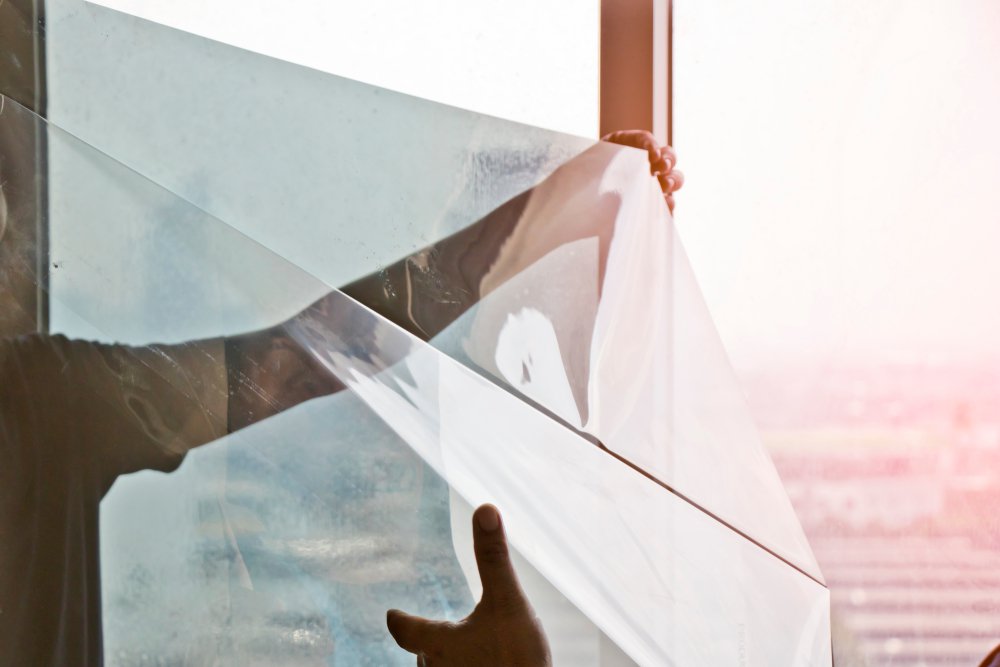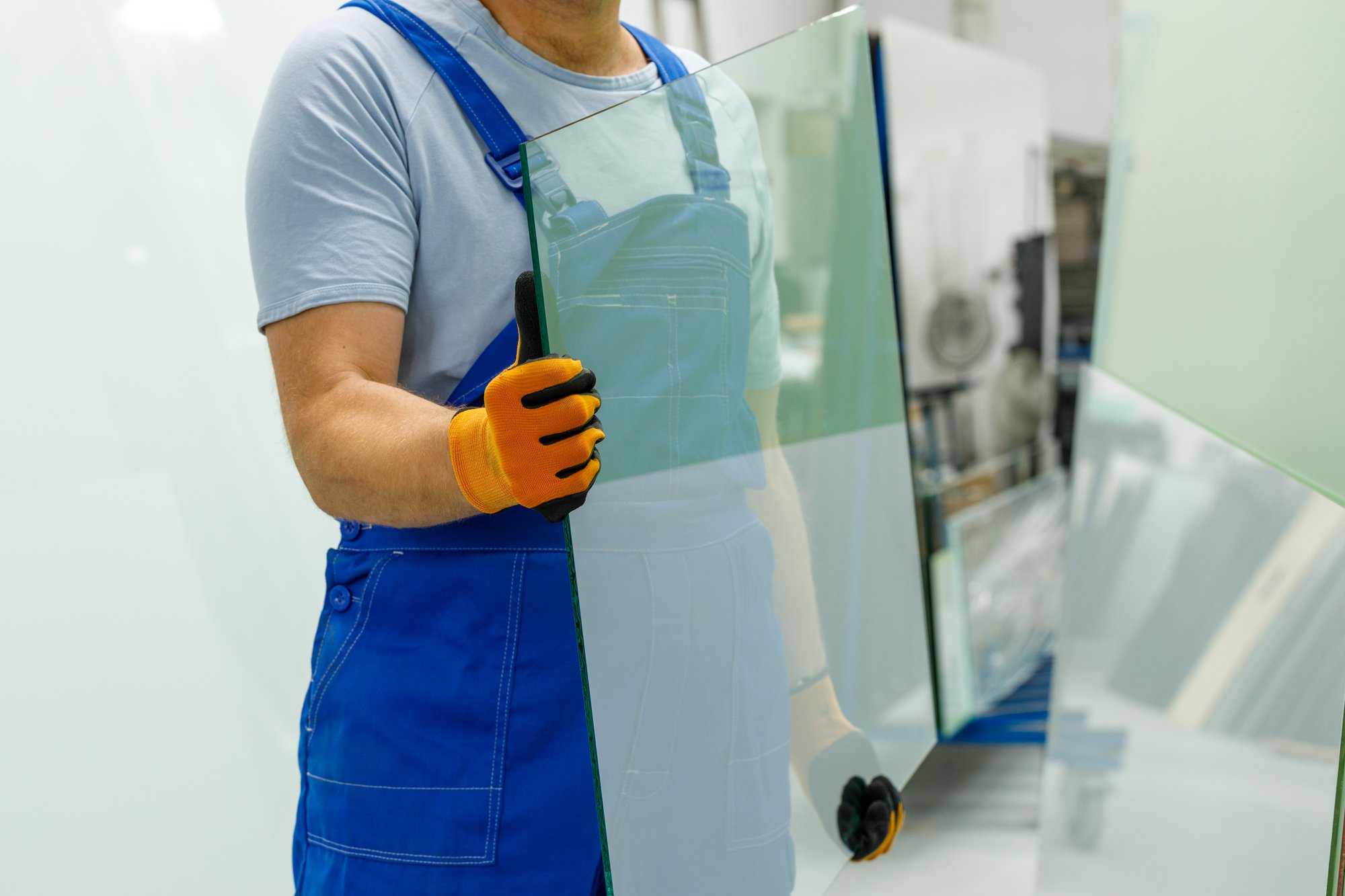Protective films have become essential in modern glass applications, offering a practical solution for enhancing both functionality and aesthetics. These films provide a cost-effective way to improve energy efficiency, reduce maintenance costs, and extend the lifespan of glass surfaces. By understanding the benefits of protective film application, businesses and homeowners can make informed decisions that lead to significant cost savings and a reduced environmental impact.
Transforming Glass: The Cost-Effective Solution
Protective films offer a cost-effective solution for both homeowners and businesses by significantly reducing energy expenses. These films act as an additional layer of insulation, minimizing heat loss during winter and reducing heat gain in the summer. This leads to lower heating and cooling costs, making it an attractive option for those looking to improve energy efficiency without the need for expensive window replacements.
In addition to energy savings, protective films also reduce maintenance and repair costs. Glass surfaces are prone to scratches, cracks, and other forms of damage.

The Environmental Impact of Protective Films
Protective films play a crucial role in enhancing energy efficiency, which directly contributes to reducing carbon footprints. By improving the insulation properties of glass, these films help maintain indoor temperatures, reducing the need for excessive heating and cooling. This leads to lower energy consumption, which in turn decreases greenhouse gas emissions associated with energy production.
Moreover, protective films can significantly reduce the reliance on artificial lighting. Many films are designed to optimize natural light transmission while minimizing glare and UV exposure. This allows for better use of daylight, reducing the need for electric lighting during the day. The cumulative effect of these energy savings can be substantial, particularly in commercial buildings with extensive glass surfaces.
In addition to energy efficiency, protective films also contribute to sustainability by extending the lifespan of glass. By protecting glass surfaces from damage, these films reduce the frequency of replacements, thereby decreasing the demand for new glass production. This not only conserves raw materials but also reduces the environmental impact associated with manufacturing and transporting new glass.
Durability and Longevity: Protecting Your Investment
Protective films significantly enhance the durability and lifespan of glass surfaces, making them a wise investment for both residential and commercial properties. These films act as a barrier against scratches, abrasions, and other forms of physical damage that can compromise the integrity of glass. By preventing minor damages from escalating into major issues, protective films help maintain the pristine condition of glass over time.
In addition to physical protection, many protective films offer UV resistance, which is crucial for preserving the quality of both the glass and the interior furnishings. Prolonged exposure to UV rays can cause glass to weaken and discolor, while also fading furniture, carpets, and artwork. By blocking up to 99% of harmful UV rays, protective films ensure that both the glass and the items inside the building remain in excellent condition for longer periods.
Furthermore, protective films can enhance the structural integrity of glass. In the event of an impact, the film holds the shattered pieces together, reducing the risk of injury and preventing further damage. This feature is particularly valuable in areas prone to natural disasters or high-traffic environments where the risk of accidental impacts is higher.
Installation and Maintenance: Simplifying the Process
Installing protective films is a straightforward process that can be completed with minimal disruption. Professional installers typically handle the application, ensuring a precise fit and finish. The process involves cleaning the glass surface, cutting the film to size, and applying it using a special adhesive. This ensures a smooth, bubble-free finish that adheres securely to the glass.
Maintenance of protective films is equally simple. Once installed, these films require minimal upkeep. Regular cleaning with non-abrasive solutions and soft cloths will keep the film in optimal condition. Unlike untreated glass, protective films resist scratches and other minor damages, reducing the need for frequent maintenance.
For businesses and homeowners, the ease of installation and maintenance translates to less downtime and lower labor costs. There is no need for specialized cleaning products or techniques, making it easy to integrate into existing maintenance routines. This simplicity is particularly beneficial for large commercial properties where maintaining extensive glass surfaces can be labor-intensive and costly.

Future Trends in Protective Film Technology
Emerging trends in protective film technology are set to revolutionize the way we think about glass protection. One of the most exciting advancements is the development of smart films. These films can adjust their opacity based on external conditions, providing dynamic control over light and heat transmission. This innovation not only enhances energy efficiency but also offers greater flexibility in managing indoor environments.
Another significant trend is the integration of nanotechnology into protective films. Nanoparticles embedded in the film can enhance its strength, UV resistance, and even self-cleaning properties. This means that future protective films will not only be more durable but also require even less maintenance, making them an even more attractive option for both residential and commercial applications.
Sustainability is also a key focus in the evolution of protective film technology. Manufacturers are increasingly using eco-friendly materials and processes to produce films that are recyclable and have a lower environmental impact. This aligns with the growing demand for sustainable building materials and practices, making protective films an integral part of green building initiatives.
The Smart Choice for Glass Protection
The durability and longevity of protective films protect your investment, while real-world applications demonstrate tangible financial benefits. Installation and maintenance are straightforward, ensuring minimal disruption and long-term effectiveness. With emerging trends in technology, the future of protective films promises even greater advantages.
Overall, protective films are a practical, cost-effective, and environmentally friendly solution for modern glass applications. Visit Insul-Lite Manufacturing to learn more about cost-effective glass films created to provide an extra layer of protection against scratches, paint, dirt, and debris.





